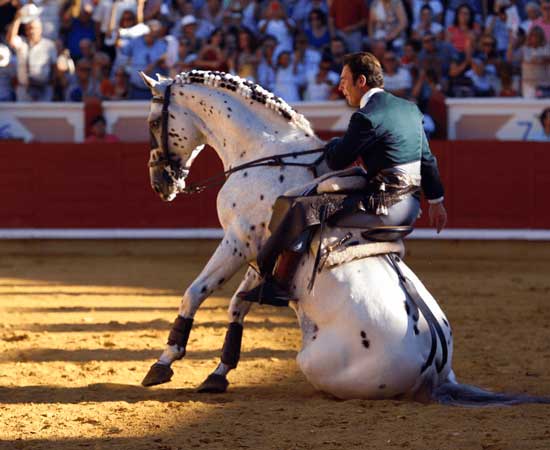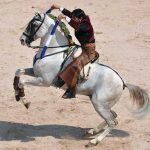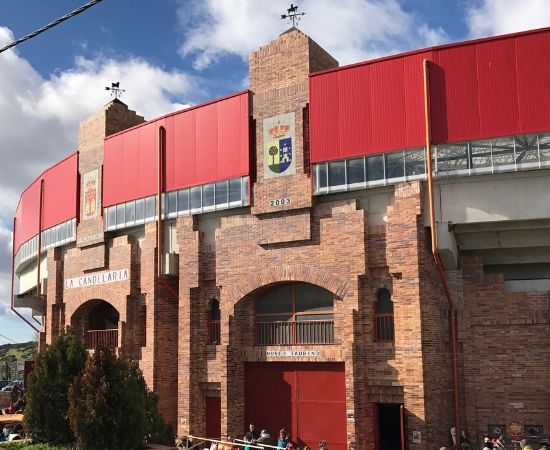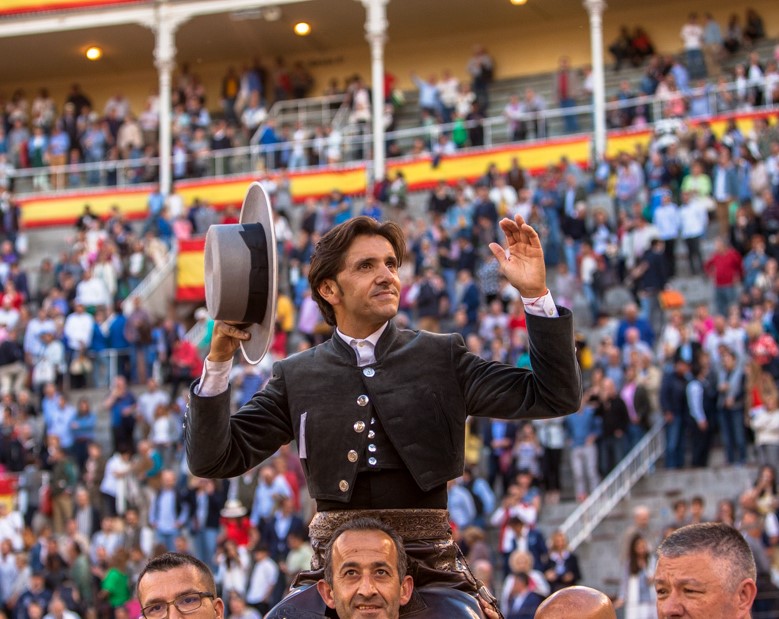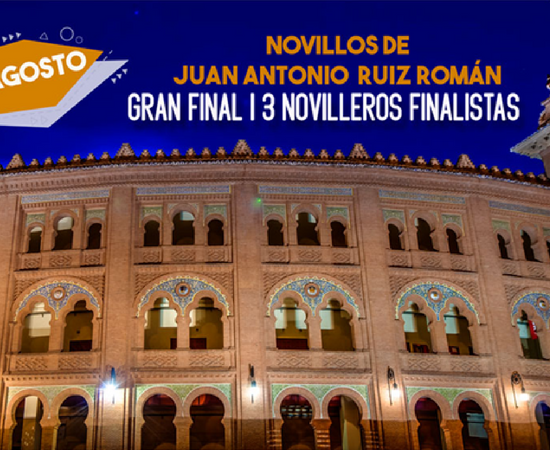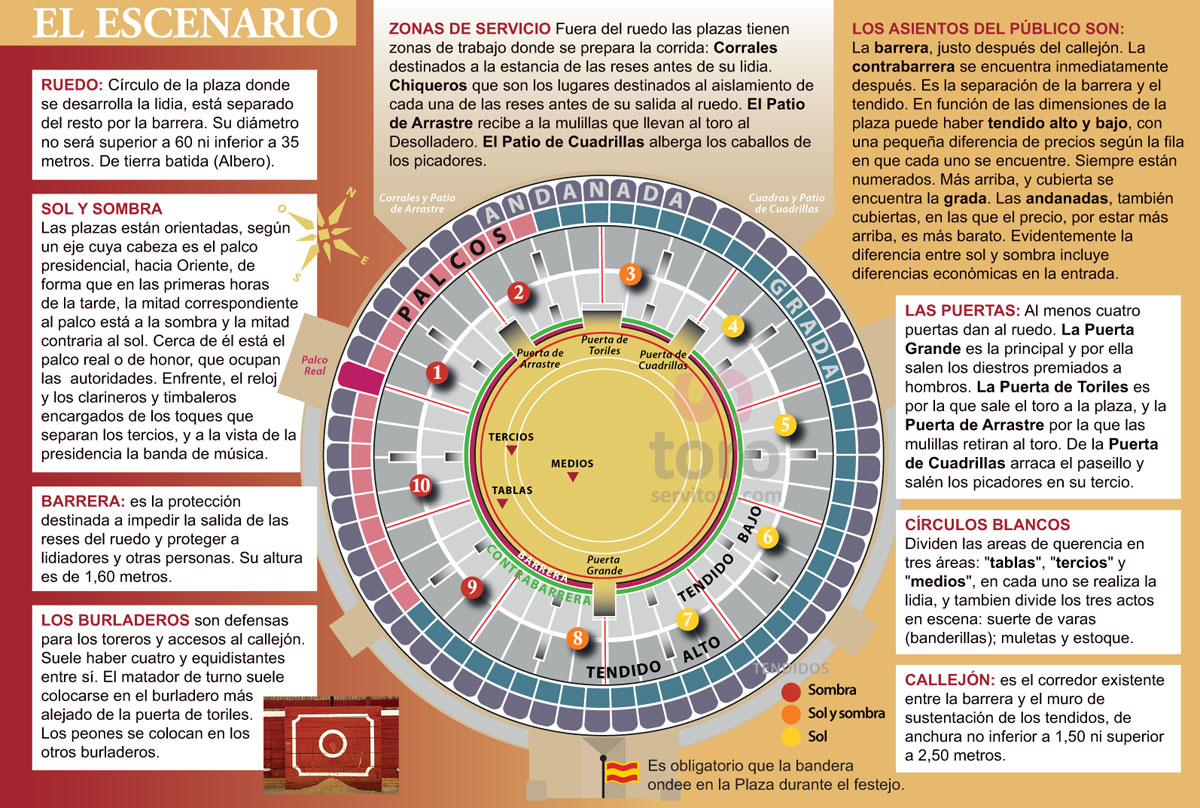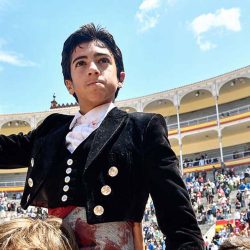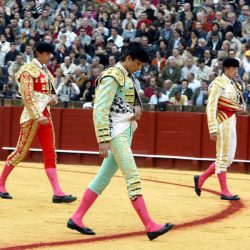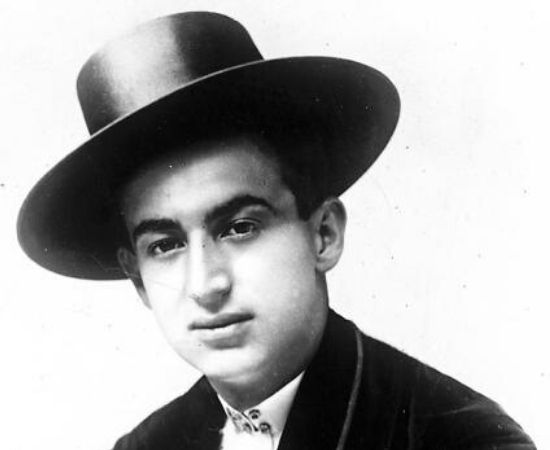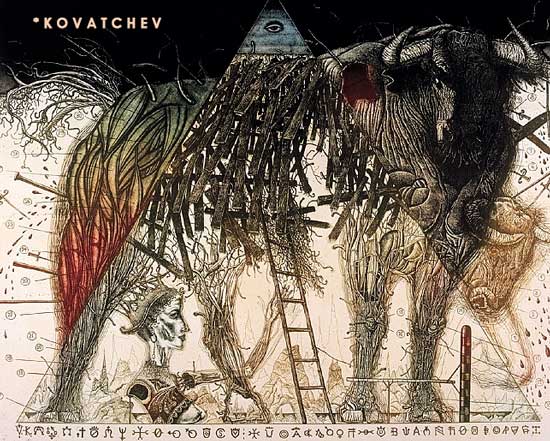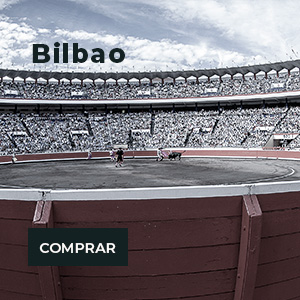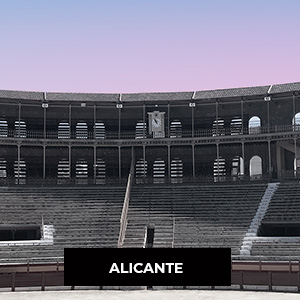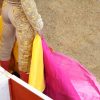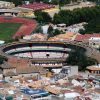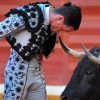How it tames a horse to Rejones?
Taming a horse to Rejones it is based on the huge memory of the horse and its highly developed instinct of defense. The horse learns to distinguish between good and bad.

Rejones horses to begin their taming on farms with jeans. They go galloping between bulls and they acquire the qualities of knowing how to react in time to any complicated situation.
The horse Rejones, usually starts with the age of two years and lasts between 6 and 12 months. After the first part of the dressage, the horse goes to the fight because the horse has to get used to the presence and closeness of the bull.
The first meetings were held in the indoor arena, with a device called “Bogie” (two pythons of a bull mounted on a wooden structure with the same dimensions of a bull).
Then, the horses are used to being with a tame bull calves pass and finally the bull. It is very similar to learning walk Bullfighter
Rejones the horse is taught as a series of steps:
- “Paso español”: The horse raises and extends its front legs without bending your knees and moving.
- “La pirueta inversa”: Rump rotation axis having as a front leg while the other belongs extended.
- “Balanceo del tercio anterior”: The horse happens to lean a hand to other hand.
- “El pasaje”: Trot brought to perfection of harmonious movements, which can also be done sideways or backwards.
- “El piafé”: Executed on the ground and not move, the horse supports the right hand and left leg, then must pass on the extremities contrary do with lifting paddles that are in the air.
- “Galope de costado”: Moving the horse to one side keeping the canter.
- “Piruetas de galope”: Horse turning on itself, inserted into a gallop.
- “Galope sobre el terreno”: Galloping horse in the field, without advancing.
- “arrodillar” o “ “sentar” al caballo: “Trample” or “” sit “the horse … ..
All high school airs taught by the reins and with the help of voice, legs and movements of the rider in the saddle.

